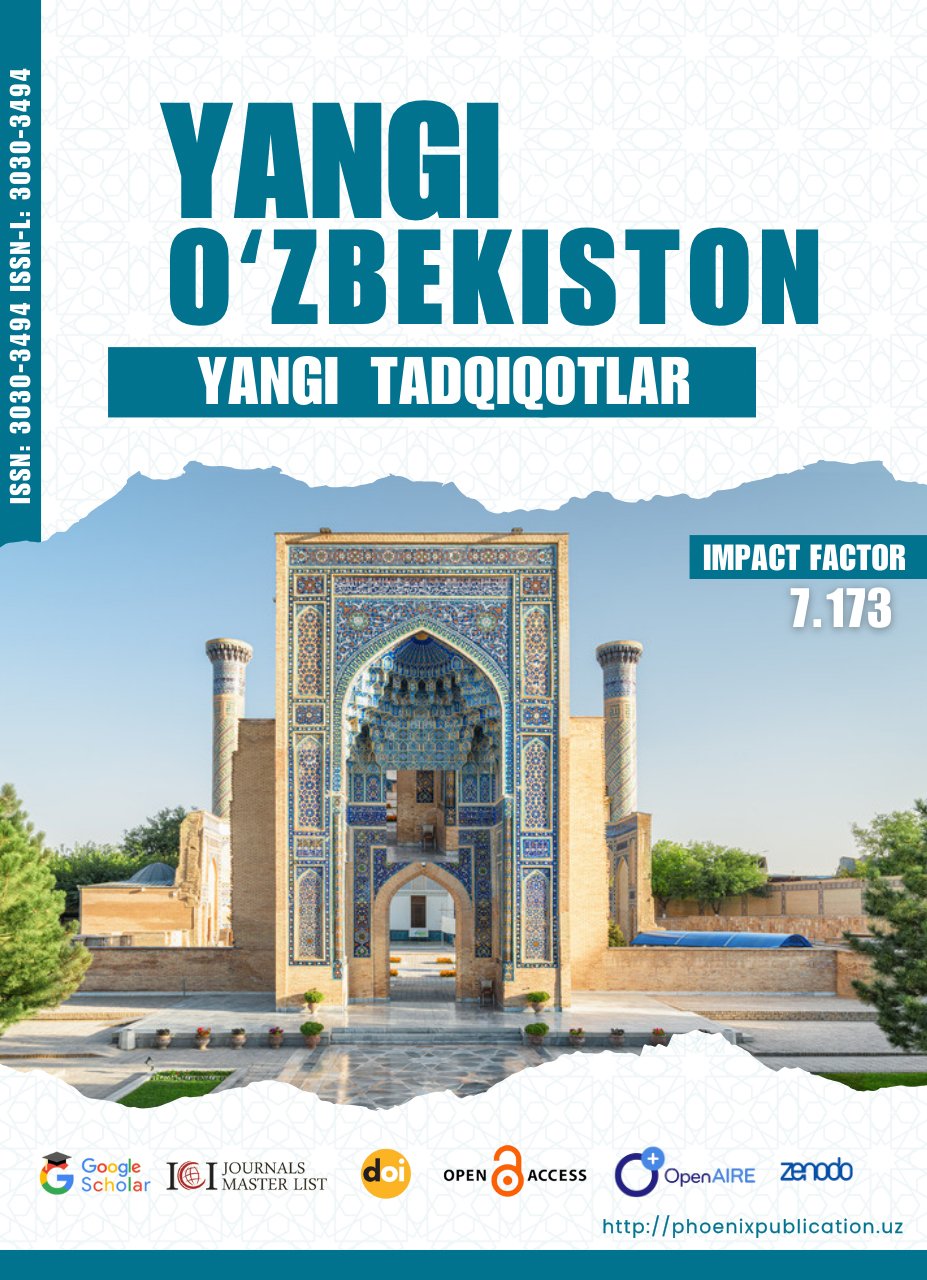Abstract
This article examines the concept of culturally responsive teaching (CRT) and its vital role in today’s increasingly diverse and globalized classrooms. It explores how educators can adapt their teaching methods to recognize and value students’ varied cultural backgrounds, languages, and experiences. By integrating culturally relevant content, using inclusive communication, and differentiating instruction, teachers can create more equitable and engaging learning environments. The article highlights practical strategies for implementing CRT, addresses common challenges, and presents real-world examples illustrating its positive impact on student engagement, academic success, and intercultural understanding. Ultimately, the article encourages educators to embrace culturally responsive practices as essential for fostering respect, inclusion, and global citizenship among learners.
References
1. Ladson-Billings, G. (1995). Toward a theory of culturally relevant pedagogy. American Educational Research Journal, 32(3), 465–491.
2. Gay, 2018; Ladson-Billings, 1995; Villegas & Lucas, 2007
3. Villegas, A. M., & Lucas, T. (2007). The Culturally Responsive Teacher. Harvard Education Press.
4. Kholikov, B. A. 1-sho ‘ba the language of fantasy: linguistic features in mythological and fantasy literature. Ilmiy va professional ta’lim jarayonida muloqot, fan va madaniyatlar integratsiyasi, 17.
5. Халимова, Ф. (2020). Синхрон таржима тушунчасининг асосий хусусиятлари. Иностранная филология: язык, литература, образование,(1 (74)), 29-32.
6. Boliqulova, M., & Xalova, M. (2024). The Interpretation Of Love In The Creation Of Zebo Mirza. Modern Science and Research, 3(2), 254-256.
